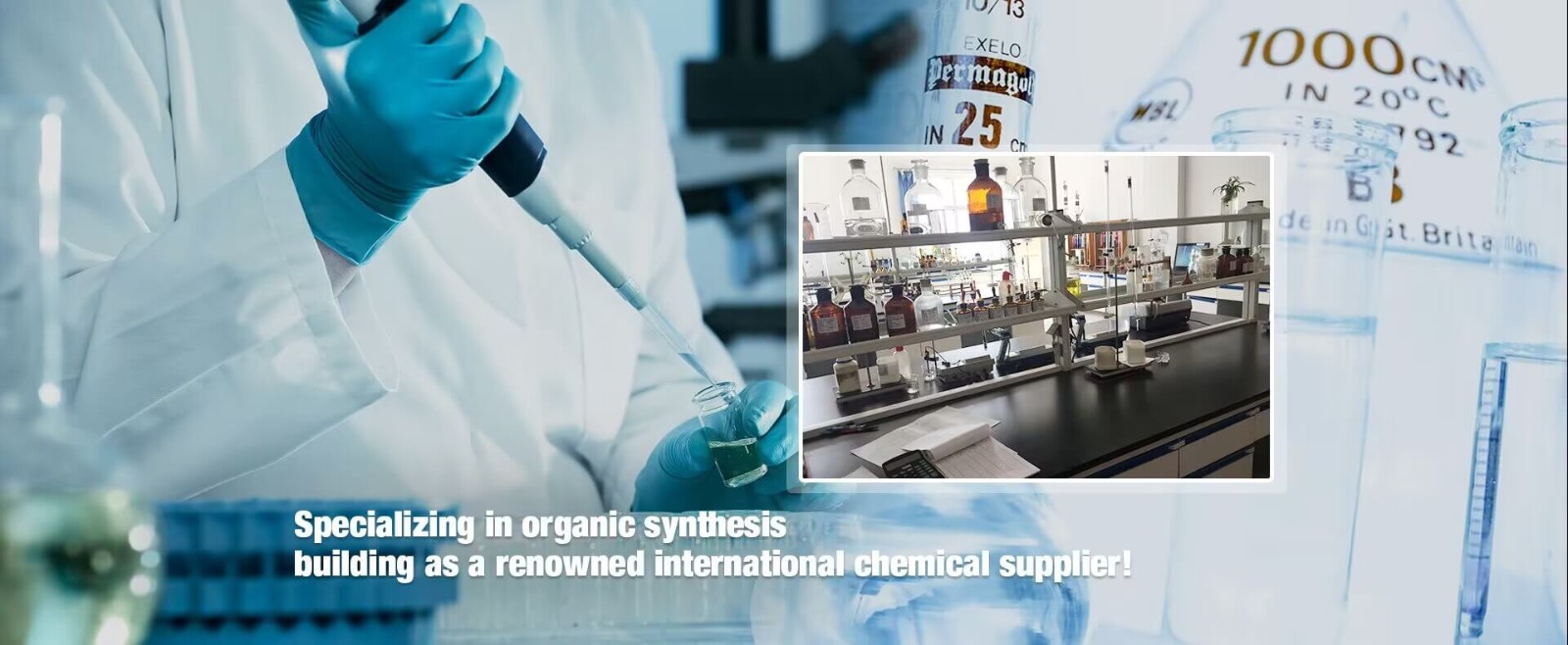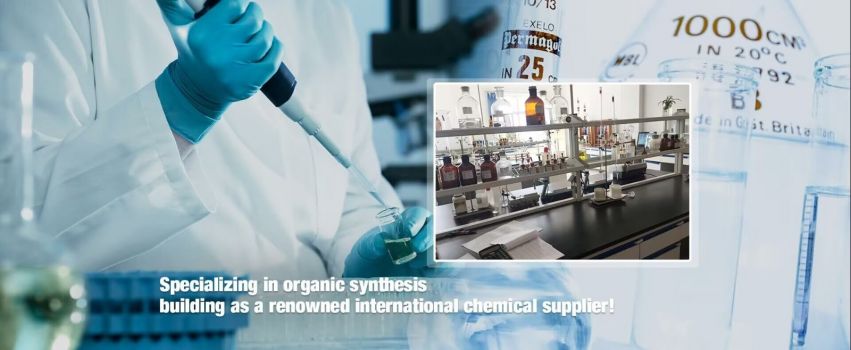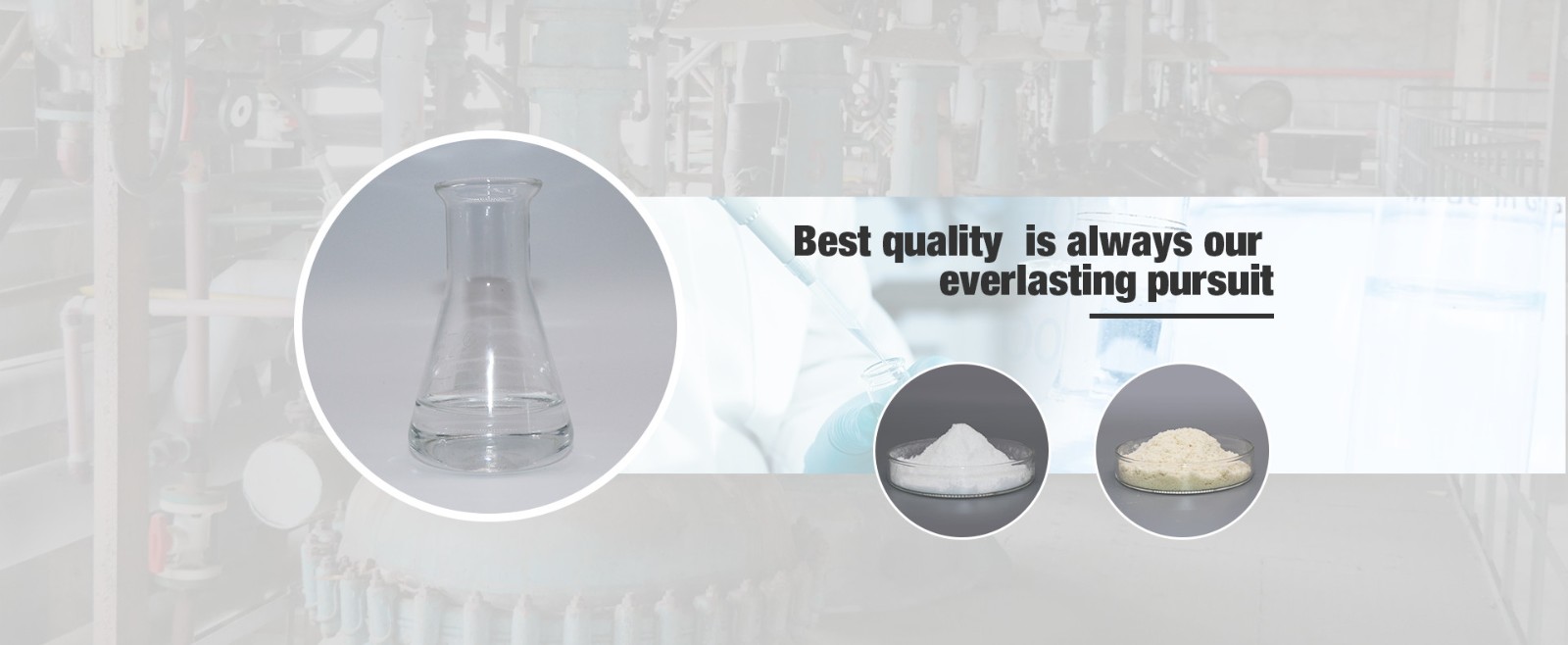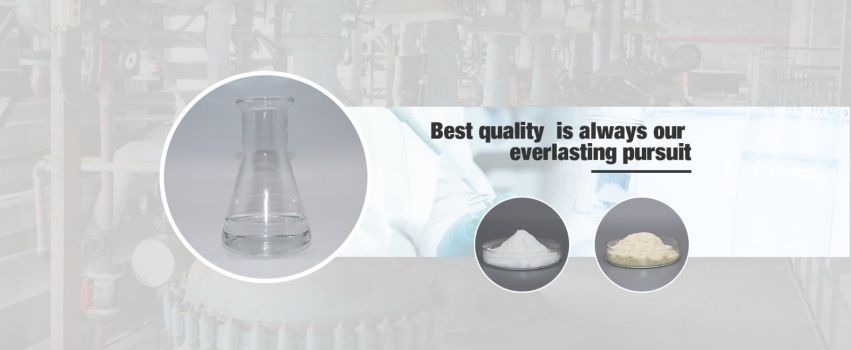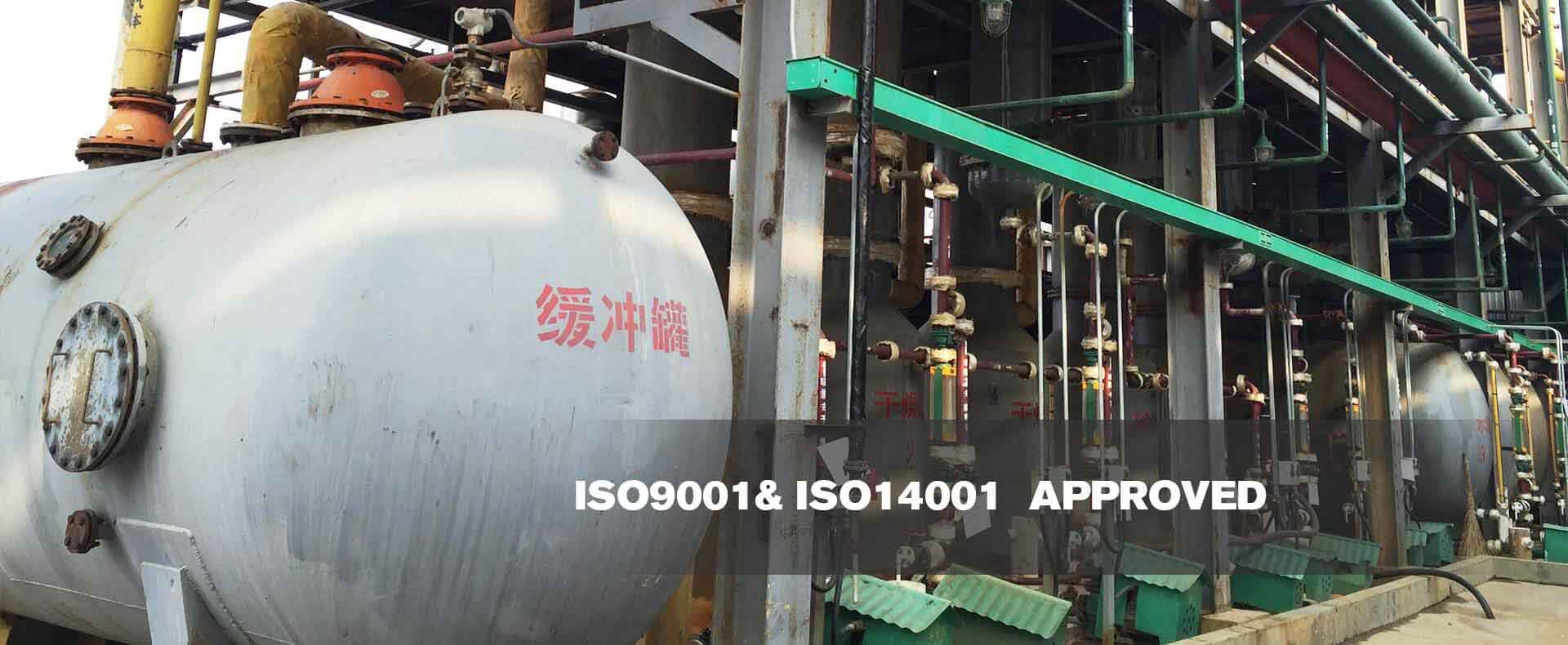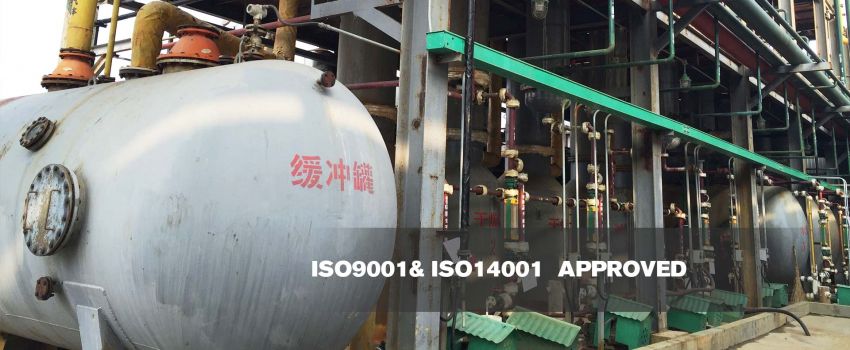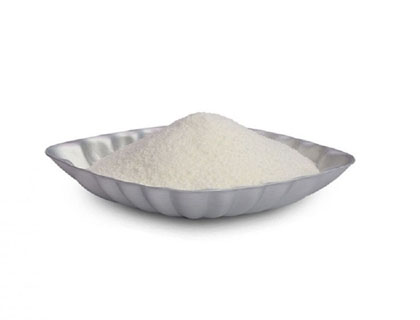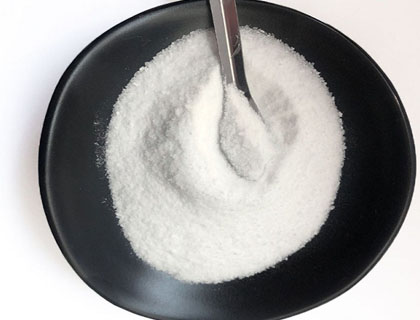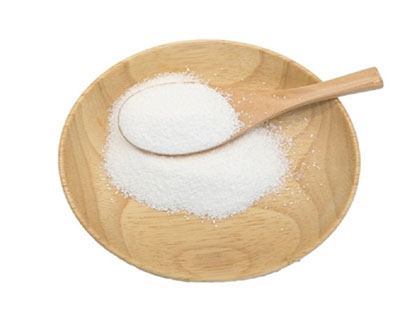How Do You Determine Intermediate And Catalyst?
Oct. 24, 2022
The main difference between catalysts and intermediates is that catalysts are useful at the start of a reaction and regenerate at the end, whereas intermediates are formed during a chemical reaction and are not present at the end.
The terms catalyst and intermediate are very important in chemical reactions. A catalyst is a compound that increases the rate of a reaction without itself being consumed, while an intermediate is a molecule formed from two or more reactants and further reacted to give the end product.
What is an Intermediate?
A reaction intermediate, also known as an intermediate, is a molecular unit produced by a reactant that further interacts to produce an immediately visible product of a chemical reaction.
Most chemical reactions are continuous, which means they require more than one basic step to complete. Each stage produces an intermediate, except for the penultimate stage which produces the final product.
Reactive intermediates are almost never separated and usually have a short lifetime. Due to their limited lifetime, they also do not remain in the product portfolio.
2,3-Difluorophenol CAS No.:6418-38-8
What is a catalyst?
A catalyst is a compound that increases the rate of a reaction without itself being consumed. Therefore, this compound can continue to act repeatedly. For this reason, a chemical reaction requires only a small amount of catalyst.
A catalyst provides an alternative pathway for a chemical reaction by reducing the activation energy of the reaction. Here, the catalyst combines with the reactants to produce intermediates, which leave the intermediates and are regenerated after the desired reaction has been completed.
There are two types of catalysts; they are homogeneous and heterogeneous catalysts. In homogeneous catalysts, the molecules are in the same phase as reactant molecules. However, in heterogeneous catalysts, the molecules are in a different phase to that of reactant molecules. Enzymes are a good example of biological catalysts.
P-Toluenesulfonic acid monohydrate CAS : 6192-52-5
Are catalysts and intermediates the same?
The catalyst is used at the start of the process and then regenerated when it is complete. During the process an intermediate is formed, but it disappears on completion. Therefore, a catalyst is different from an intermediate.
Does the catalyst have an effect on the intermediate?
A catalyst usually reacts with one or more reactants to produce an intermediate, providing the final reaction product, renewing the catalyst in the process. So yes, the catalyst determines which intermediates will be formed in the reaction.
5-methylpyrimidine-4,6-diol CAS No.:63447-38-1
What is the difference between an intermediate state and a transition state?
The difference between an intermediate state and a transition state is that the duration of the intermediate state is discontinuous (ranging from a few nanoseconds to a few days). The transition state, however, lasts for only one cycle of bond vibrations. Intermediates may be very unstable compounds (unstable intermediates) or stable compounds (non-reactive intermediates).
Conclusion
A catalyst is any material that accelerates a process without being utilized.
Reaction intermediates are molecular units produced from reactants that further interact to produce immediately visible chemical reaction products.
Catalysts are supplemented during the reaction between chemical intermediates and reactants.
Whether you need more information, samples, a quote, or advice for a project, we would be delighted to talk to you.
Previous: What Are Surfactants?
-

Qinmu's CPHI China 2025 Exhibition Ends Perfect
Jul. 01, 2025
-

CPHI & PMEC China (Shanghai) 2025 --- we are coming!
Mar. 14, 2025







